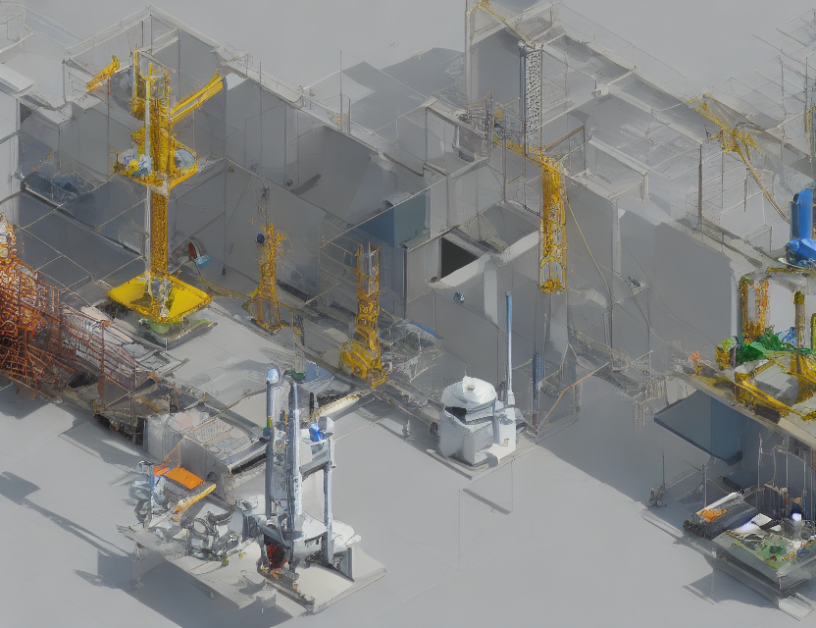Imagine you’re at a cocktail party, surrounded by strangers, trying to guess their occupations based on a single image. Sounds like a daunting task? Well, for computer vision researchers, it’s even more challenging! They aim to recognize objects within images with incredible accuracy, and lately, a new class of neural networks called Transformers has been shaking things up. In this article, we’ll explore the latest developments in image recognition, discussing how these networks are revolutionizing the field and what they could mean for our future.
Transformers: The New Kids on the Block
So, what exactly are Transformers? Imagine a sprawling city with countless interconnected buildings, each one containing information about different objects within an image. Transformers treat these buildings like LEGO blocks, connecting them in various ways to form complex networks that can recognize images at scale. This novel approach enables them to handle massive datasets with ease and achieve unprecedented accuracy levels.
The article highlights several key findings
- Interpretability: Researchers have long struggled to understand how neural networks make decisions, but Transformers offer a glimmer of hope. By analyzing their behavior, scientists can better comprehend these complex models and improve their performance.
- Parameter sharing: While our work focuses on selecting distinct parameters for various tasks, there’s potential to exploit parameter sharing across different tasks. This could further reduce the total number of learnable parameters and improve overall performance.
- Limitation and societal impact: As AI systems become increasingly ubiquitous in our lives, it’s crucial to consider their limitations and potential consequences. The authors emphasize the need for responsible AI development and ethical considerations when applying these models in real-world scenarios.
Conclusion
In conclusion, Transformers have emerged as a groundbreaking tool in image recognition, offering unparalleled performance at scale. However, their potential is not without limitations, and it’s essential to address them head-on. By embracing multitask learning, exploring parameter sharing, and prioritizing ethical considerations, we can continue advancing the field of computer vision and create AI systems that benefit society as a whole.



